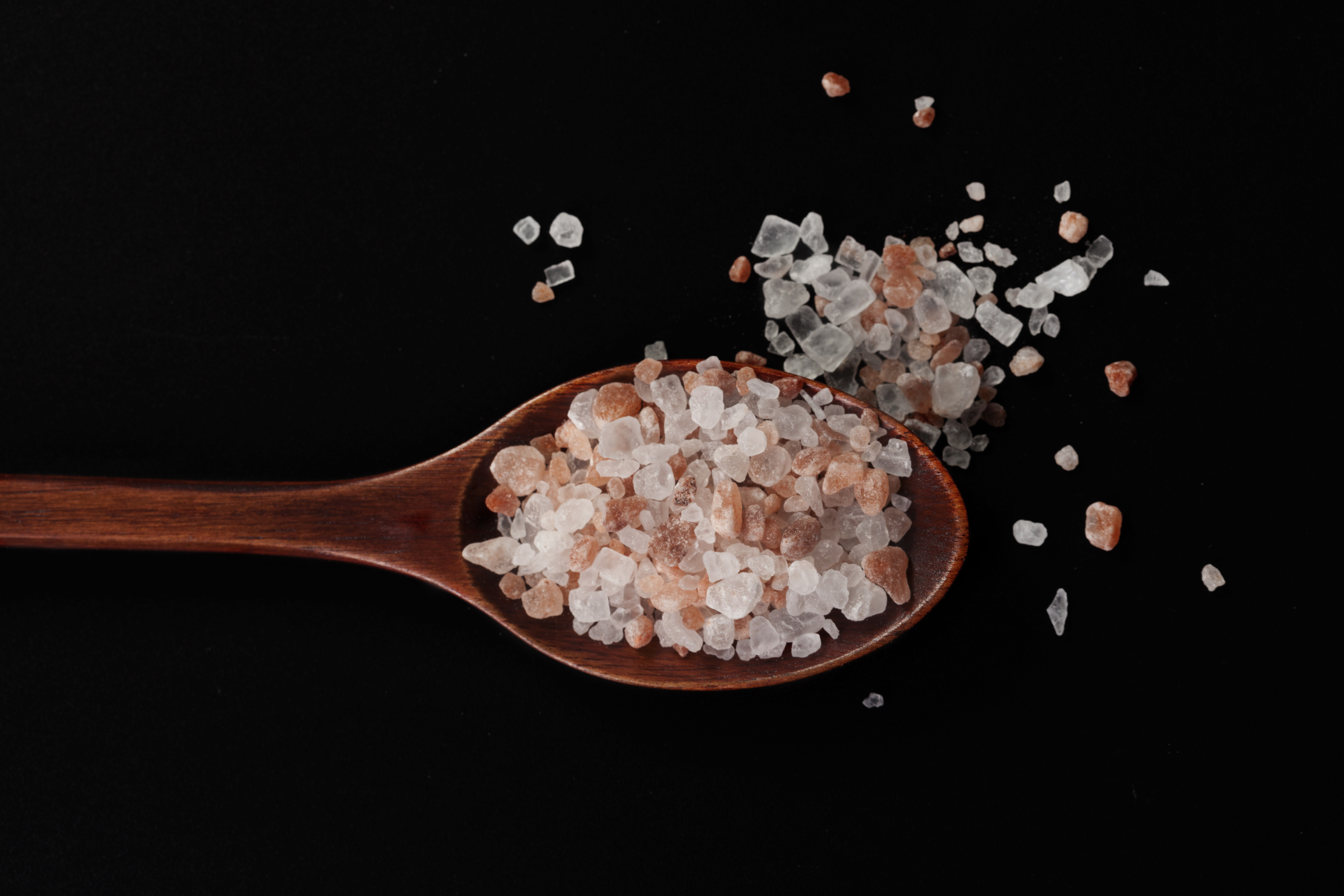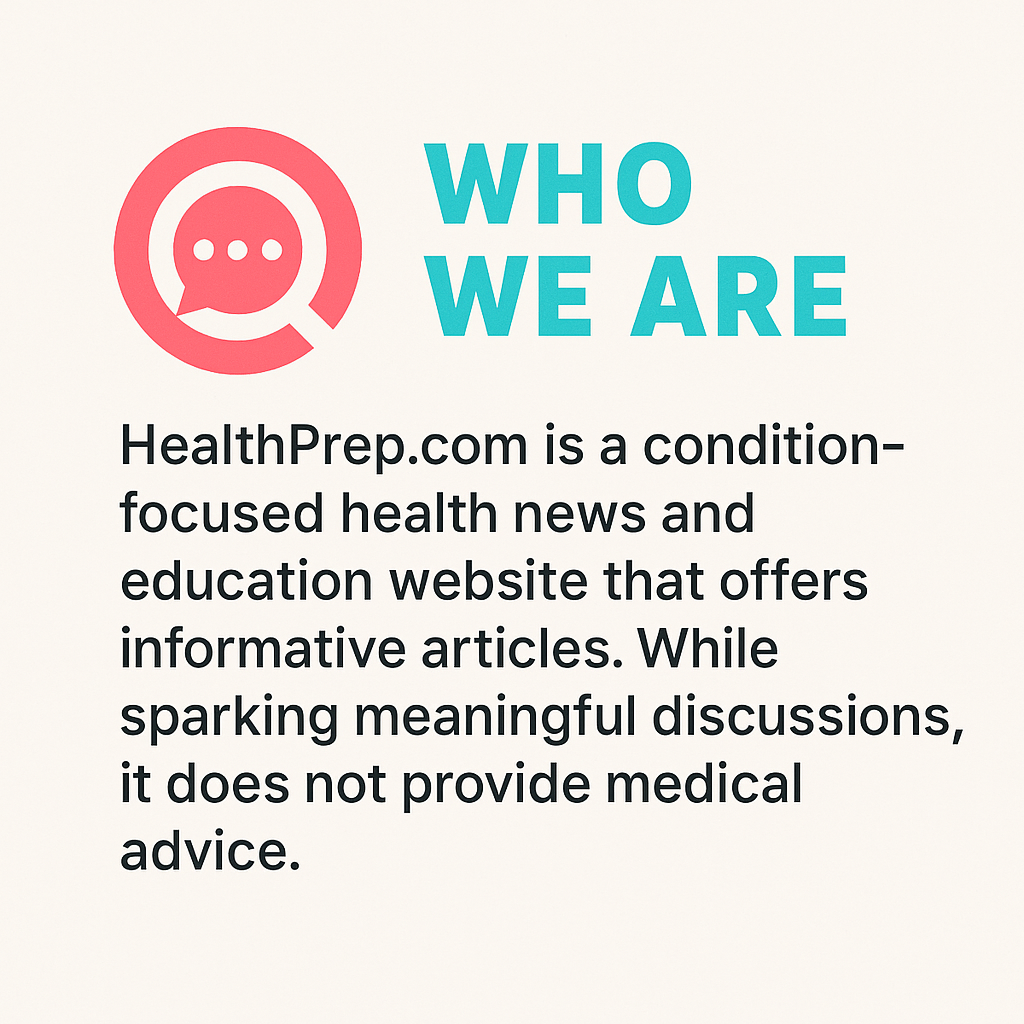43 Foods to Avoid If You Have High Blood Pressure
High blood pressure doesn’t always come with warning signs—but its consequences can be devastating. Dubbed the “silent killer,” hypertension quietly affects millions, increasing the risk of heart attacks, strokes, kidney failure, and more. While medication and lifestyle changes play a vital role in managing it, one of the most overlooked—and powerful—tools for controlling blood pressure is your plate. That’s why we’ve expanded our list to 43 surprising foods that can secretly spike your blood pressure. From sneaky sodium bombs to sugar-laden snacks and fat-loaded favorites, these everyday items may be doing your heart more harm than good. Backed by scientific research, this list shines a light on how diet directly affects your cardiovascular health—and how making smarter choices can truly be a lifesaver. Whether you're actively managing hypertension or simply want to protect your heart for the long haul, knowing what to avoid (and what to replace it with) can give you the upper hand. Dive in and discover the worst offenders—and the smart swaps that can help you take control of your blood pressure naturally.
1. The Salty Truth: Sodium and Its Role in Hypertension

Sodium is a mineral essential for various bodily functions, including fluid balance and nerve transmission. However, excessive sodium intake is a primary dietary factor contributing to hypertension. The average diet often contains far more sodium than the recommended daily allowance, mainly due to processed and convenience foods. When sodium levels in the bloodstream rise, the body retains water to dilute it, increasing blood volume and, consequently, blood pressure. This physiological response places additional strain on the cardiovascular system, heightening the risk of hypertension-related complications. The relationship between sodium and blood pressure is supported by numerous studies, including the landmark Dietary Approaches to Stop Hypertension (DASH) trial. This research demonstrated that reducing sodium intake significantly lowers blood pressure in individuals with hypertension. Public health initiatives worldwide emphasize the importance of sodium reduction, yet many people remain unaware of hidden sodium sources in their diets. By being vigilant about sodium content in foods and opting for low-sodium alternatives, individuals can take a proactive step toward better blood pressure management.
